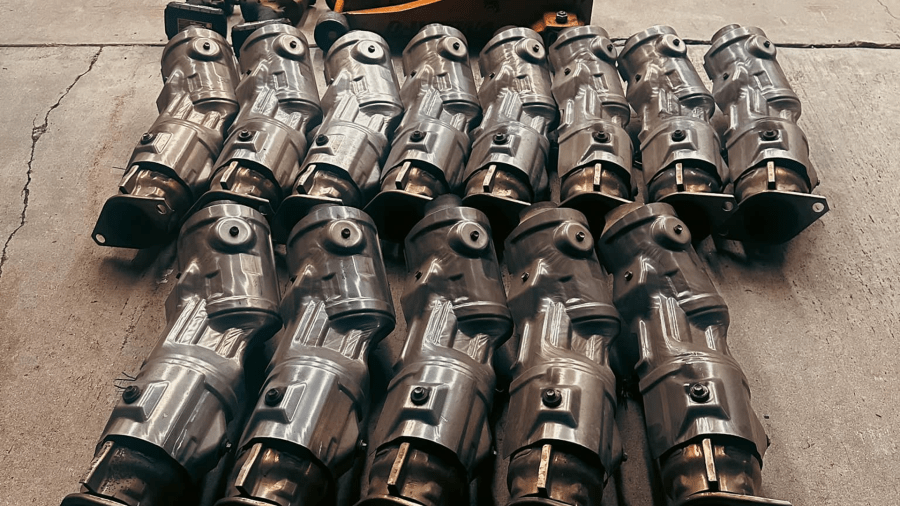A 33-year-old man was sentenced to 12 years in prison for role in a family-run catalytic converter theft ring that brought in more than $38 million, federal officials announced this week.
In a news release from the U.S. Attorney’s Office, prosecutors said 33-year-old Tou Sue Vang, a resident of Sacramento, along with his brother Andrew Vang and his mother Monica Moua, bought stolen catalytic converters from thieves and transported them across state lines to a buyer New Jersey.
“Catalytic converter theft has become prevalent across the nation because of their value, relative ease to steal, and their lack of identifying markings,” the release noted. “Thieves steal catalytic converters from vehicles on the street for the precious metals they contain.”
In some cases, the precious metals inside the parts are more valuable per ounce than gold, prosecutors added, and the black-market rate for certain catalytic converters out of California can be more than $1,000 each.
The theft ring was primarily run out of the family’s residence, as well as storage units.
Some of the shipments to DG Auto in the Garden State weighed as much as 1,000 pounds and contained a specific type of high-value catalytic converter, like those found in the Toyota Prius.
DG Auto, according to reporting from the Los Angeles Times, turned around sold the parts to a metal refinery for more than $100 million.
Tou Vang used proceeds from the illicit business to finance his lavish lifestyle, which included a $1.23 million multi-home complex on five acres in Rio Linda, the DOJ said. As part of his sentence, the U.S. Government seized $150,000 in cash, 13 vehicles, four personal watercraft, jewelry, real estate and other property.
In 2023, Tou Vang, his brother and mother pleaded guilty to conspiracy charges in connection to the theft ring.
“This takedown is the first of its kind in the nation and a major step forward in dismantling a catalytic converter theft ring,” Special Agent in Charge Sid Patel of the FBI Sacramento Field Office said. “The group is tied to an estimated $38 million in losses, and this investigation shows the power of strong collaboration.”








